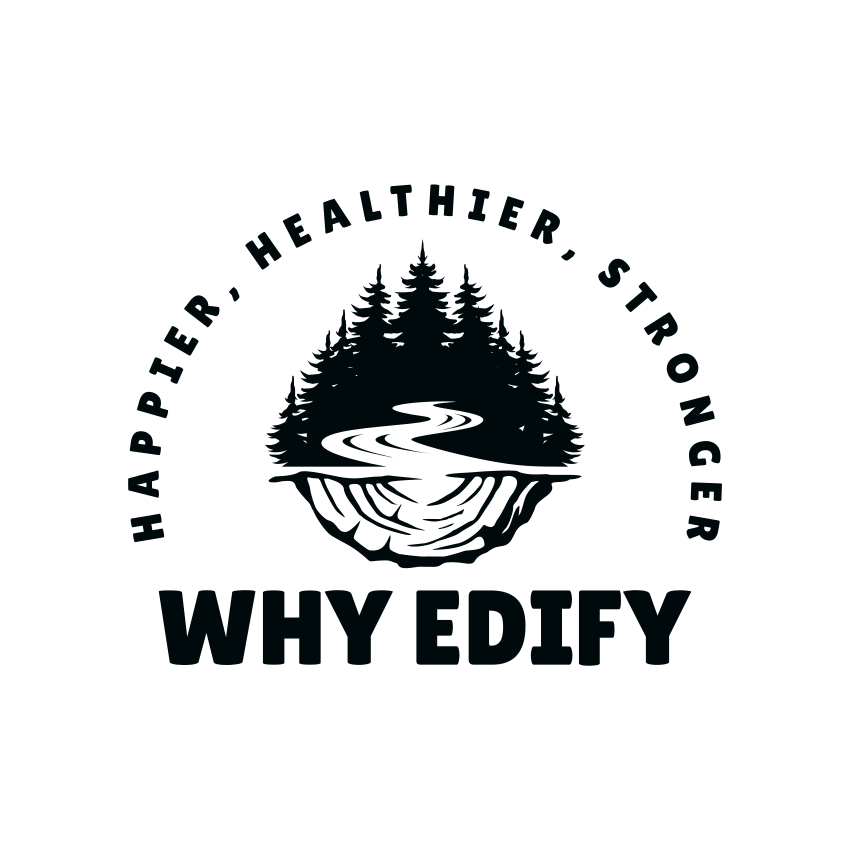Priorities and Strong Leadership
Topics for this week include active note-taking, prioritizing individual growth and creativity, and strong leadership.


The Friday Five
Become a SupporterThis week, I share some of Maya Angelou’s wisdom. Her ideas about giving back rather than just receiving perfectly capture the essence of impactful teaching.
Educators can do more than catch and collect knowledge - we can actively share, contribute, and empower our students. This philosophy aids in developing active learners and future leaders who can make meaningful contributions to their communities. As students grow through service learning and community engagement, we can model this spirit of contribution and two-way learning in our daily practice.
Education is most powerful when it powers action to do good things.
Reflection Questions:
- How can you incorporate more active learning and personalized note-taking strategies into your teaching practice? What specific changes could you implement next week?
- In what ways can you balance standardized testing requirements while still fostering critical thinking and creativity in your classroom? Share specific examples or ideas.
- Considering Coach Raveling's emphasis on service and self-belief in leadership, how can you model these qualities for your students? What opportunities can you create for students to develop their own leadership skills through service?
The Friday Five
1 - Active Note-Taking
Effective note-taking practices can be transformed from passive copying to active learning by encouraging creativity and personalization with colored markers, real-life examples, and reflective prompts. Five key strategies - diverse materials, real-world examples, question prompts, dedicated note-taking time, and celebration of work - help students take ownership of their learning process. This gradual transformation, starting with dry-erase boards as an intermediate step, ultimately leads to students creating meaningful, personalized notes that they actively reference during independent practice, indicating a more effective learning experience.
Here's how these note-taking strategies could be implemented at different grade levels:
Elementary School: Students can use colorful drawings and simple symbols to represent math concepts, like drawing pizza slices for fractions or using different colored shapes for geometry. They might respond to basic prompts like "My favorite part about this was..." and share their illustrated notes during show-and-tell time.
Middle School: Students can incorporate more detailed diagrams and real-world connections, such as creating mind maps with multiple colors and adding their own examples. They can engage with deeper reflection prompts like "How will I know ___ when I see it?" and collaborate with peers to share different note-taking approaches.
High School: Students can develop sophisticated note-taking systems using digital tools or traditional methods, incorporating complex diagrams, annotations, and personal insights. They might use the materials to create color-coded concept maps, add detailed explanations of real-world applications, and actively participate in note-sharing sessions to deepen their understanding.
2 - Priorities
Has our education system’s focus on standardized testing weakened students’ critical thinking abilities? Schools can fall into the trap of prioritizing test scores over individual growth and creativity. We can change this by building lessons around critical thinking, encouraging analysis, and valuing independent thought.
We can lead class discussions where students learn to question and debate ideas. We can assign projects that make students solve real problems. Try asking "why" and "how" questions instead of just "what" questions.
3 - Strong Leadership
In this interview, Coach George Raveling discusses the heart of effective leadership. He emphasizes two core principles: serving others and maintaining self-belief. Through his experiences with Nike's Phil Knight and his admiration for Dr. Martin Luther King Jr., Raveling gained valuable insights into leadership. His central message is that authentic leadership begins with self-leadership and staying true to one's identity. Drawing from his background in sports, he demonstrates how athletic principles translate to business success. Raveling also credits his leadership growth to the wisdom he gained from studying influential figures like writer James Baldwin and learning from his grandmother's teachings.
Service learning provides students authentic opportunities to develop and practice leadership skills through meaningful community engagement. When students participate in service projects, they learn to identify community needs, organize resources, coordinate with team members, and take the initiative to create positive change. These experiences help students develop crucial leadership qualities like empathy, communication, problem-solving, and project management. By working directly with community organizations and seeing the real impact of their efforts, students gain confidence in their ability to lead and inspire others.
Service learning often requires students to step out of their comfort zones, adapt to unexpected challenges, and take responsibility for project outcomes - all essential aspects of effective leadership development.

4 - Throw Something Back
“I’ve learned that you shouldn’t go through life with a catcher’s mitt on both hands. You need to be able to throw something back.” – Maya Angelou
5 - Teacher Commuter Playlist - Ophelia by The Band
Choose Your Own Adventure
- Cardio Drumming - A fun way to get students moving around when it’s cold outside.
- It helps to remember the important things teachers and parents have in common.
- Cooperative learning is a powerful tool that can help promote collaboration, critical thinking, and communication skills.
Why Edify Recommendations
- Book - The Teacher Wars: History of America’s Most Embattled Profession. Explore the complex history of the teaching profession in America, examining the ongoing debates, reforms, and challenges that have shaped public education from the 1800s to the present day.
- Teacher Swag - Trust Me, I’m a Teacher. The world would run a great deal more smoothly if they would just listen more to teachers.
❤ Enjoy this Article?
🍵 Show Your Support and 🤗 Share It



